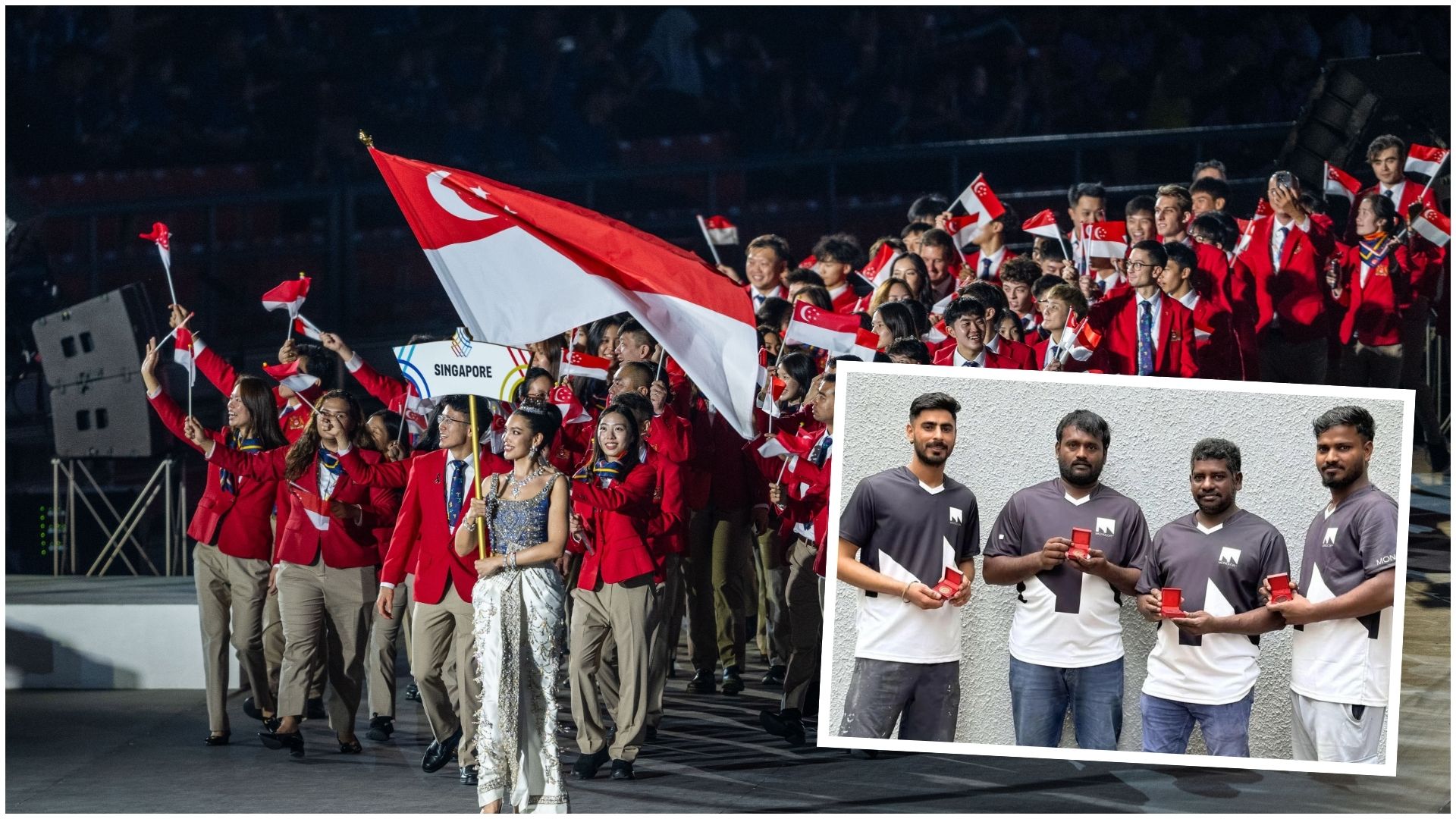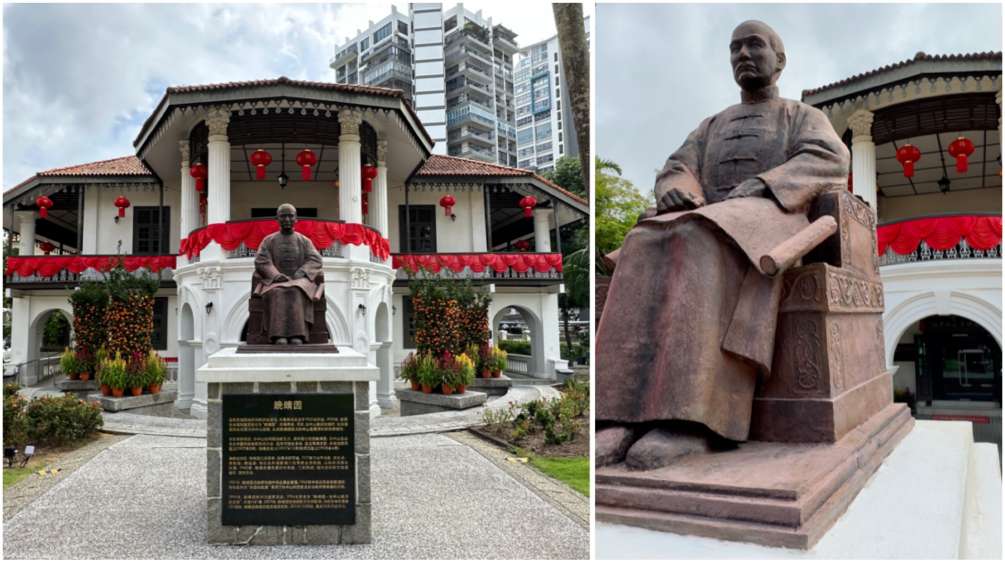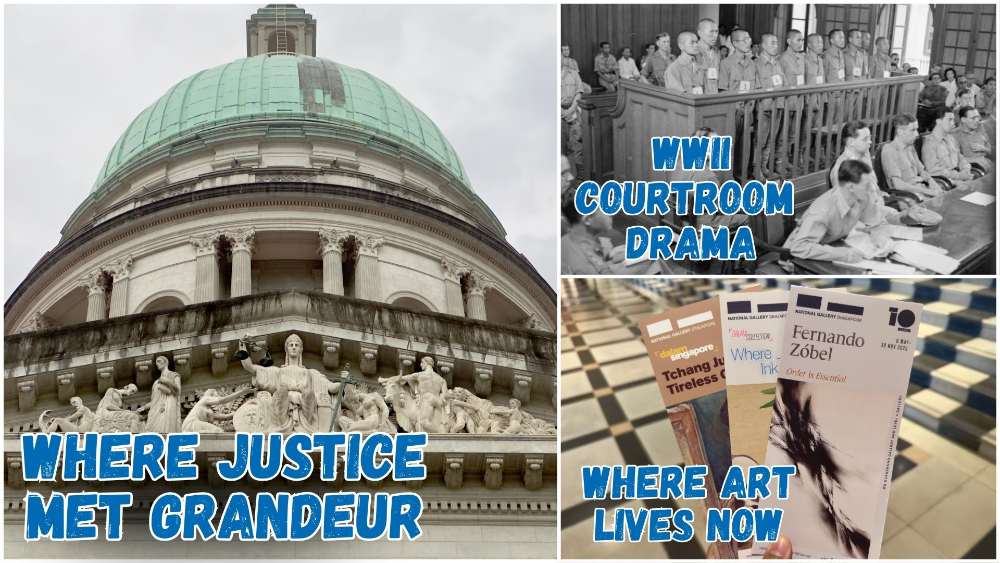National Monuments Of Singapore: Sun Yat Sen Nanyang Memorial Hall
What is a National Monument? Who gazettes them? How many national monuments are there in Singapore? To date, the Preservation of Sites and Monuments, a division of National Heritage Board, has identified and gazetted 75 buildings, structures and sites of national significance as an integral part of Singapore’s built heritage.
And we're here to tell you all about them - one National Monument at a time!
You've probably passed by or stepped into more than a few of them without realising they were National Monuments: Al-Abrar Mosque, Asian Civilisations Museum, the Civilian War Memorial, Saint Andrew's Cathedral, the Esplanade Park Memorials, Fort Siloso on Sentosa - no need to plan an itinerary for friends visiting from overseas; just show them this article ✌️
In this edition, we take a look at one of the few surviving examples of villas that were once common sights in colonial Singapore, the Sun Yat Sen Nanyang Memorial Hall (SYSNMH; known formerly as Sun Yat Sen Villa).
📍 Location
The SYSNMH was the 33rd building to be gazetted as a National Monument, and is located near another National Monument, the Lian Shan Shuang Lin Monastery. The quickest way to get to SYSNMH is by taking bus 139 or 145 from Toa Payoh Bus Interchange (located right above Toa Payoh MRT).
📅 Significant dates
Date built:
- 1902: The two-storey colonial style villa was built by Boey Chuan Poh, a businessman, and it was named "Bin Chan House"
Milestones:
- 1905: Teo Eng Hock bought the villa for his mother as a retirement home and renamed it "Wan Qing House"
- Apr 1906: Teo offered the villa to Sun Yat Sen for use as the Tongmenghui's Singapore branch
- 1966: The then-Singapore Chinese Chamber of Commerce (SCCC) renamed it "Sun Yat Sen Villa"
- 1997: The building was renamed "Sun Yat Sen Nanyang Memorial Hall" by the SCCC
- Nov 1997-12 Nov 2001: The villa closed for restoration works and opened to the public as a museum
- Oct 2010-8 Oct 2011: Redevelopment works took place, and it was reopened to the public on the centenary anniversary of the 1911 Chinese Revolution
Date gazetted: 28 Oct 1994
📜 History
Boey Chuan Poh (梅泉宝), a wealthy Chinese merchant, bought a parcel of land in the 1880s from Joseph Balestier, the first American Consul appointed to Singapore. Boey would later have a villa built in 1902 and called it Bin Chan House (明珍庐).
Later on, in 1905, Teo Eng Hock (张永福), a Teochew businessman, bought the villa as a retirement home for his mother. He renamed it Wan Qing Yuan (晩晴园), which remains a popular nickname for the estate today.
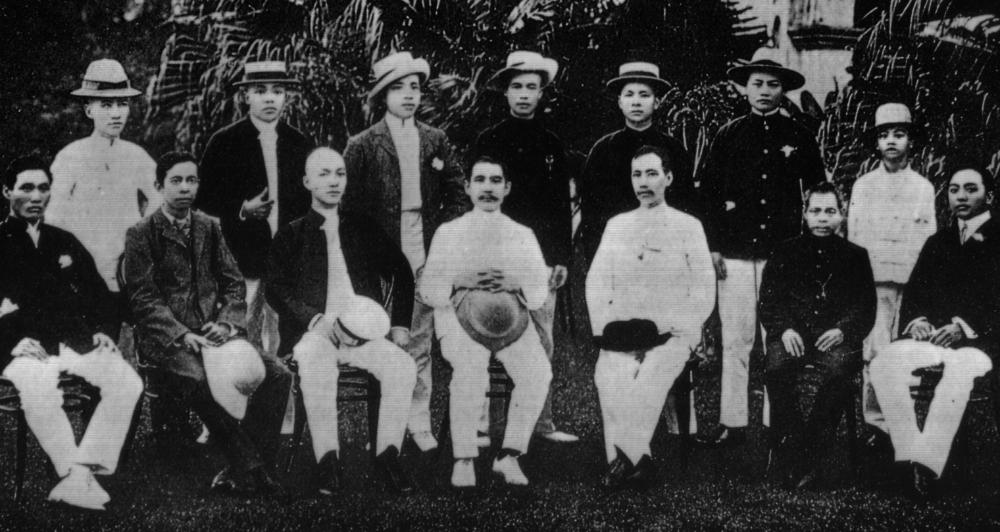 Sun Yat Sen (middle of the first row) together with members of the Singapore branch of Tongmenghui at the villa, circa Mar 1907. | IMAGE: WIKIMEDIA COMMONS
Sun Yat Sen (middle of the first row) together with members of the Singapore branch of Tongmenghui at the villa, circa Mar 1907. | IMAGE: WIKIMEDIA COMMONS
In July 1905, Chinese revolutionary Sun Yat Sen met Teo, among others, in Singapore for the first time while travelling to Europe. When Sun visited Singapore again in Apr 1906, Teo offered the villa to Sun to be used as the latter’s Tongmenghui (同盟会, or Chinese Revolutionary Alliance) base in Singapore.
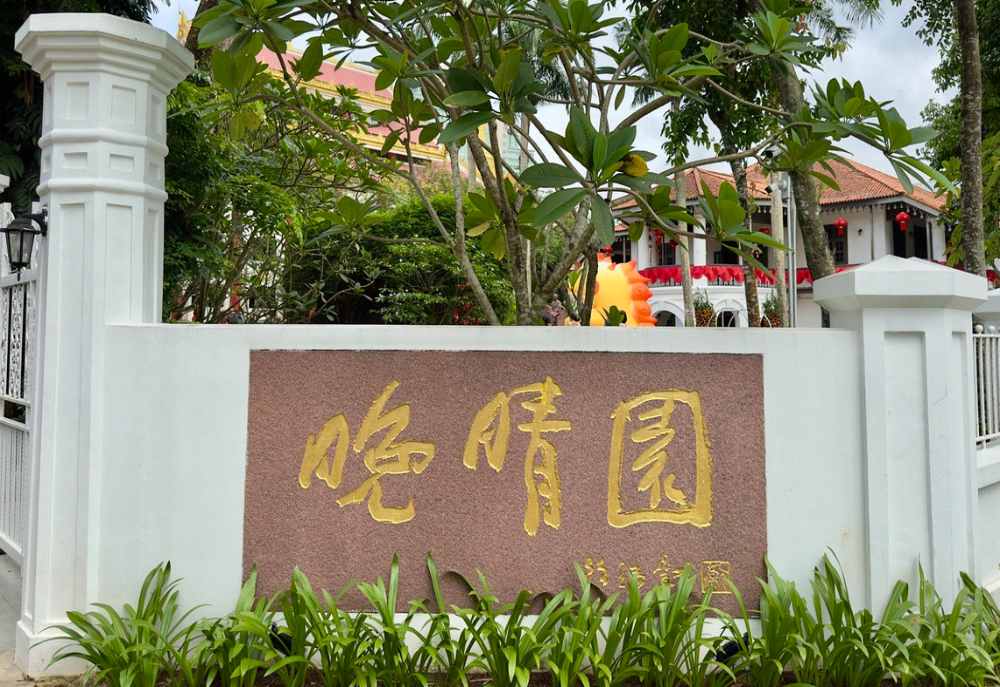 The sign reads Wan Qing Yuan. | IMAGE: NG KAI
The sign reads Wan Qing Yuan. | IMAGE: NG KAI
After Teo sold off Wan Qing Yuan in 1910, the villa changed ownership several times. Six Chinese community leaders – Lee Kong Chian (李光前), Tan Ean Kiam (陈延谦), Chew Hean Swee (周献瑞), Lee Chin Tian (李振殿), Lee Choon Seng (李俊承), and Yeo Kiat Tiow (杨吉兆) – collectively purchased the estate in 1937 and donated it to the Singapore Chinese Chamber of Commerce (SCCC, known as the Singapore Chinese Chamber of Commerce and Industry today) the following year.
In 1940, the Nanjing Government of the Republic of China granted funds for the renovation of Wan Qing Yuan to transform it into a memorial hall dedicated to Sun.
During the Japanese occupation of Singapore, the Japanese military took over the estate and used it as a communication base. After the war, the Kuomintang (国民党, Nationalist Government of China) contributed to the restoration of the villa.
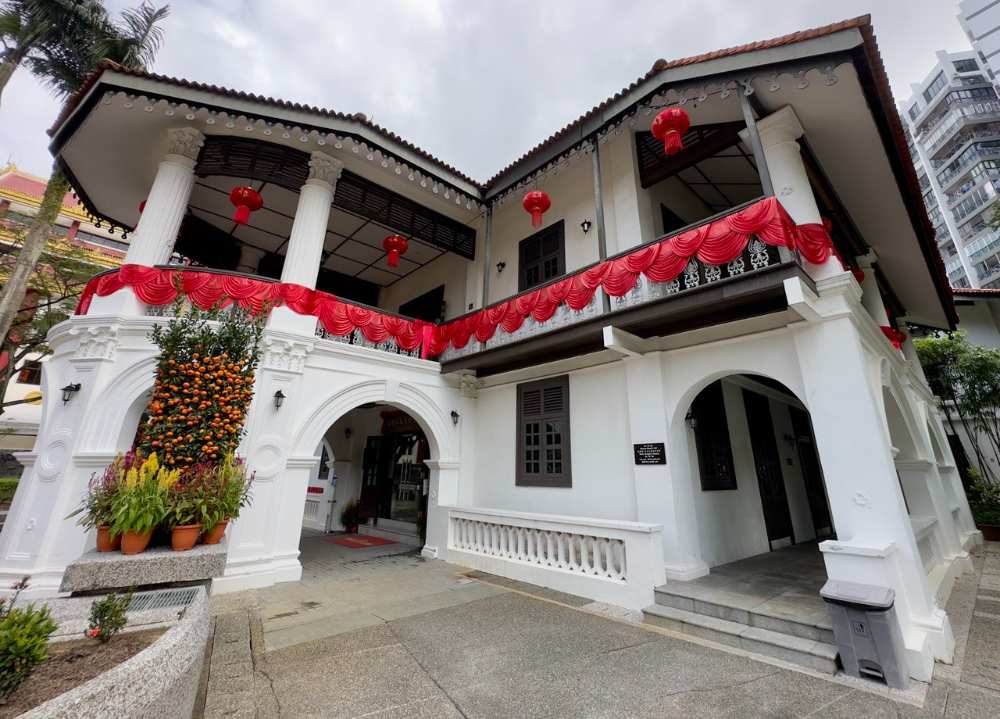 IMAGE: NG KAI
IMAGE: NG KAI
Wan Qing Yuan was then returned to the SCCC and refurbished once again, before it was reopened in 1966 as Sun Yat Sen Villa.
In 1997, the villa was renamed Sun Yat Sen Nanyang Memorial Hall. After the National Heritage Board (NHB) took over the management of the former residence in 2009, the estate underwent yet another phase of development. It was reopened to the public on the centenary anniversary of the 1911 Chinese Revolution in 2011.
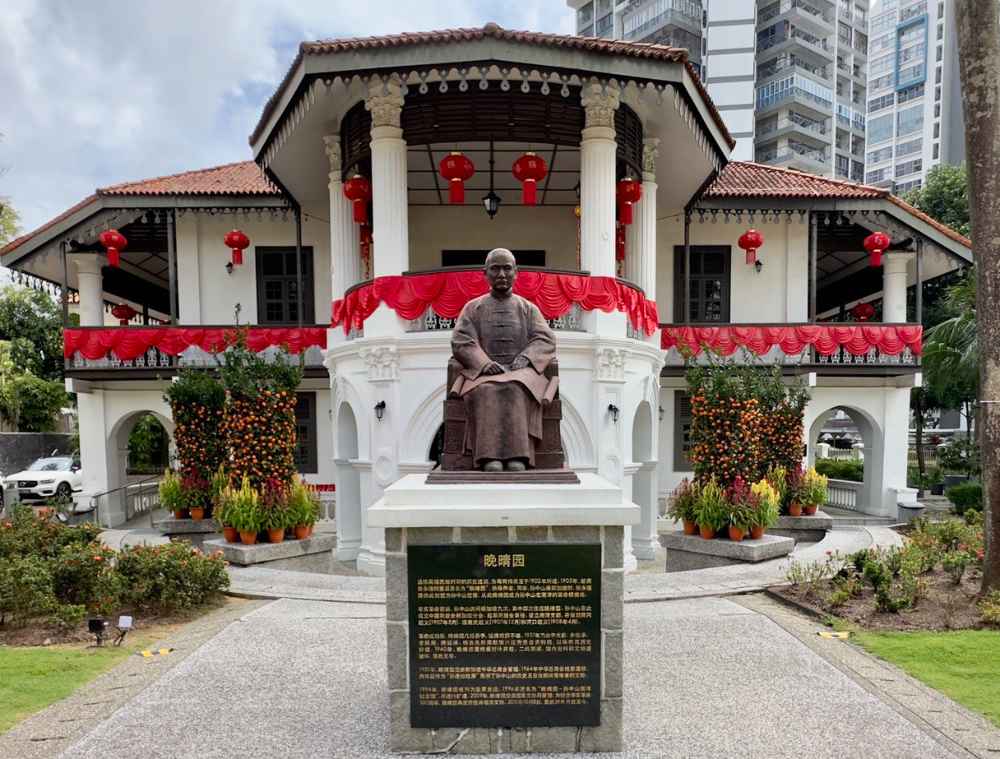 IMAGE: NG KAI
IMAGE: NG KAI
📐 Design and architecture
A typical villa during colonial Singapore, SYSNMH is well adapted to the tropical climate of the region. Verandas on both sides of the villa act as buffers between the walls and the scorching sun rays, while large windows ensured ample air ventilation before the advent of air-conditioning.
Inside the villa, it currently houses a collection of nearly 400 artefacts, including calligraphy works, photographs, old books, paintings and sculptures, spread throughout the five galleries in two levels.
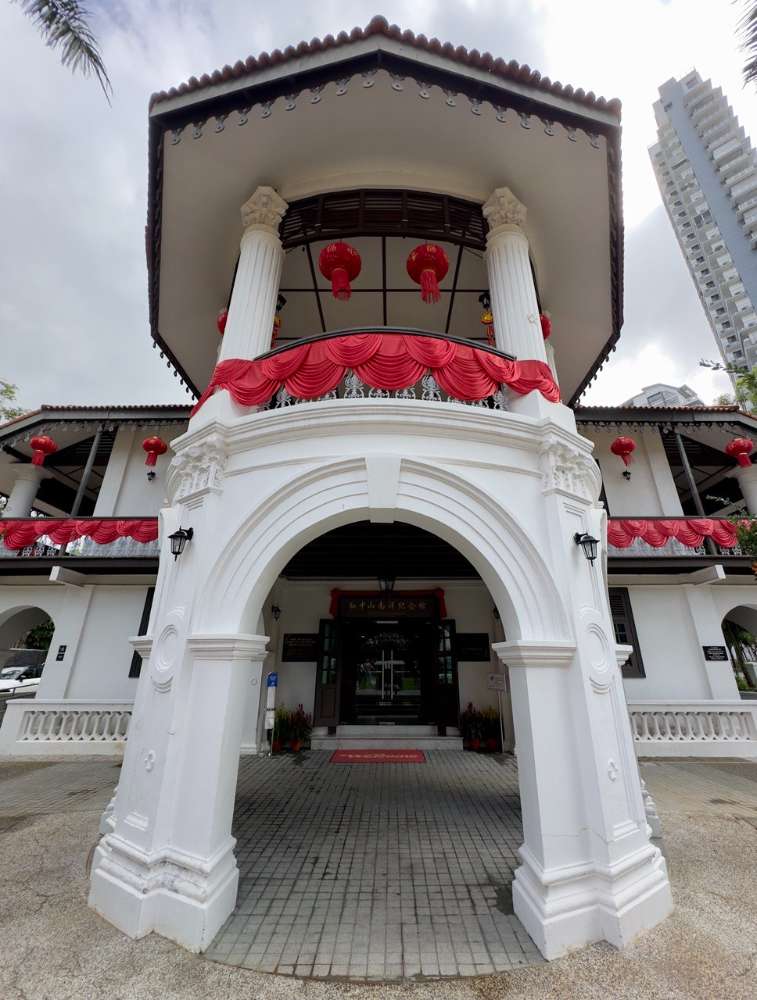
IMAGE: NG KAI
Above the projecting porte-cochere (carriage porch) was a sitting area for the residents, which is now a spacious open room supported by stately Corinthian columns. And lining the perimeters of the upper floor are cast-iron railings with an intricate design.
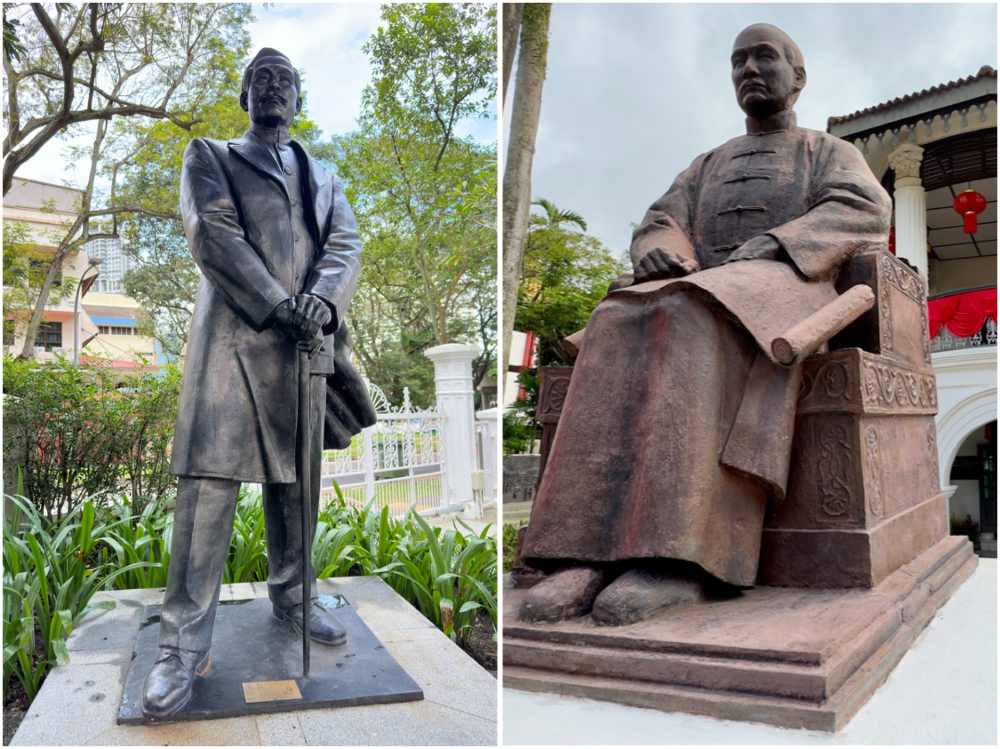 IMAGES: NG KAI
IMAGES: NG KAI
The villa is situated in a beautiful compound. Besides lush greenery, two bronze statues of Sun – one seated and the other standing – can be found in the garden.
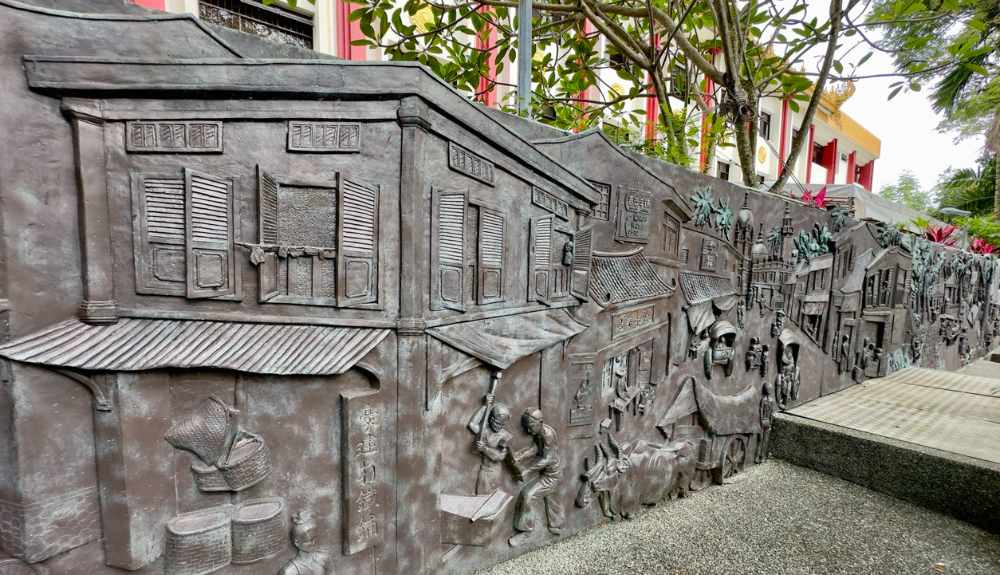 IMAGE: NG KAI
IMAGE: NG KAI
A two-metre tall bronze mural which spans 60 metres to the back of the building depicts Singapore's history from the 1840s to the 1940s.
🕖 Opening hours
The building has been closed for restoration works since 16 Sep 2024, and is estimated to be completed in 2027. There are still offsite programmes available. Find out more here.
For the latest updates on Wonderwall.sg, be sure to follow us on TikTok, Telegram, Instagram, and Facebook. If you have a story idea for us, email us at [email protected].



